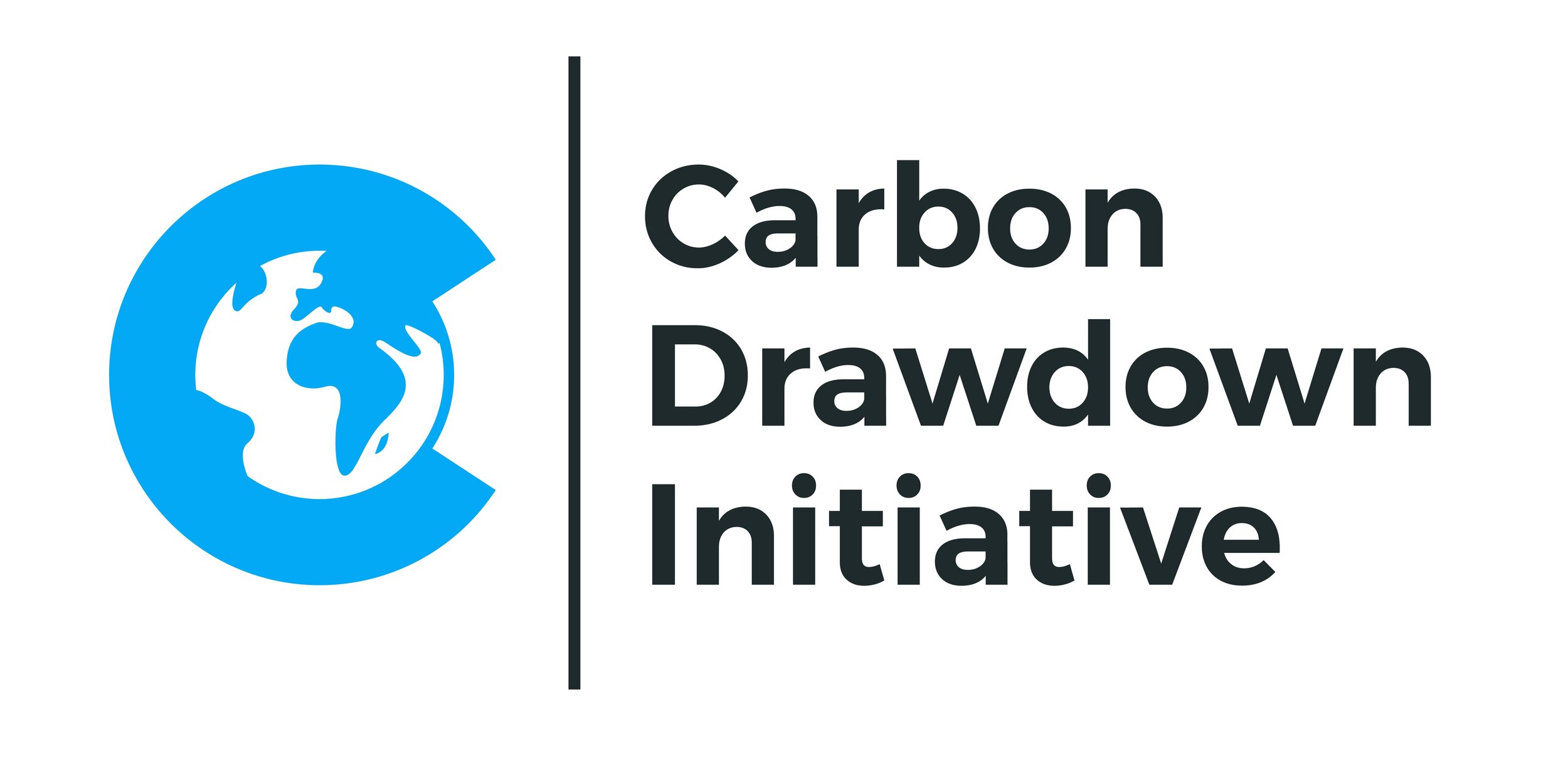How we assess the CDR effects of EW experiments
Note: This blog post is an excerpt of our lab report Data Deep Dive: Could soil EC sensors or leachate EC measurements be used to monitor enhanced weathering?
In our lysimeter experiments, we use the following method to quantify the increase in alkalinity export of a treated experiment compared to the control experiment based on leachate water measurements, pictured in Figure 1. It allows us to calculate the amount of CO₂ that has been removed from the atmosphere by weathering (see also CDR Measurement for ERW via Alkalinity in Leachate in our blog):
Figure 1: Illustration of the evaluation of CDR data for EW experiments
Step 1: After rock amendment we measure the alkalinity concentration (HCO₃⁻ concentration) in mol/l for each sampling of each replicate and multiply this by the respective leachate volume of that sampling, which gives us the amount of alkalinity in mol. It is important that over the duration of the experiment the total leachate volume of the experiment is tracked and the alkalinity concentration is measured frequently (we try to do this monthly).
Step 2: We calculate the average alkalinity of the replicates for each variation for each sampling.
Step 3: For each variation the accumulated sum of alkalinity of all samplings is calculated, which gives us the accumulated alkalinity export for each variation including the controls.
Step 4: We subtract the accumulated alkalinity of the control from the accumulated alkalinity of the treatments, giving a delta of accumulated alkalinity in mol. If this difference is positive, then the variation has exported more alkalinity and thus bicarbonate has been diverted from the atmosphere and topsoil (0-30 cm from the ground surface, 0-20 cm within our pot experiments) into the leachate waters: carbon dioxide removal was successful! What’s left is to upscale the amount in mol from the surface area of the lysimeter to e.g. one hectare, and we get the amount of carbon sequestered since the rock treatment (whereby 1 mol of alkalinity equals 1 mol of HCO₃⁻ (bicarbonate) which equals 1 mol of sequestered CO₂).
This approach for MRV includes two major obstacles when we want to scale up EW on fields in the future:
Getting high-frequency alkalinity data in a field is a lot of work, potentially disrupting farmers’ routine practices, and it is expensive.
In open field experiments, collecting soil water through macrorhizons poses a challenge because the volume of the soil from which the water is collected is unknown. The amount of alkalinity calculated by multiplying TA concentration with the respective sample volume can not be related to any particular soil volume or surface area as is the case for leachate water collected at the bottom of a lysimeter with known volume and related surface area. The relationship between over time exported bicarbonate mass and surface area (necessary to calculate tons CO2/ha per year) can therefore only be accurately determined when lysimeters can be installed, as the soil water that traveled through the soil column and collected in their base is inherently linked to the lysimeter’s surface area and volume.
Obstacle 1 can potentially be solved by using electronic sensors in the soil. EC sensors are an obvious choice and we will look at them in the rest of this document. Sensors that measure alkalinity directly, like the ones from Everest Carbon, are another solution.
Obstacle 2 remains a problem. Maybe in the future this can be approximated on a larger scale (=numerous fields) using CDR models that infer the total leachate water amount of a specific field area from weather data, evaporation data and water volumes in drainage waterways. The major challenge for creating such models is the current lack of large-scale multivariate EW datasets that models could be trained on and tested with.
The quantification of the net CDR for a specific field experiment remains a challenge if we only know alkalinity concentrations without knowing the volume of water traveling through the soil and the respective field surface area involved. This is one of the reasons why we believe that for the time being lots of lysimeter experiments, both in greenhouses and in field trials, are needed to build the necessary datasets to train models to become good enough for quantitative MRV in the field at some point in the future.
Please refer to our lab report Data Deep Dive: Could soil EC sensors or leachate EC measurements be used to monitor enhanced weathering? for more information.
Update October 2024
After reading this blog post please also look at our blog article Why measuring alkalinity is not the same as quantifying HCO₃⁻ (How to avoid confusion about the seemingly straightforward use of alkalinity to quantify CO₂2 removal).

